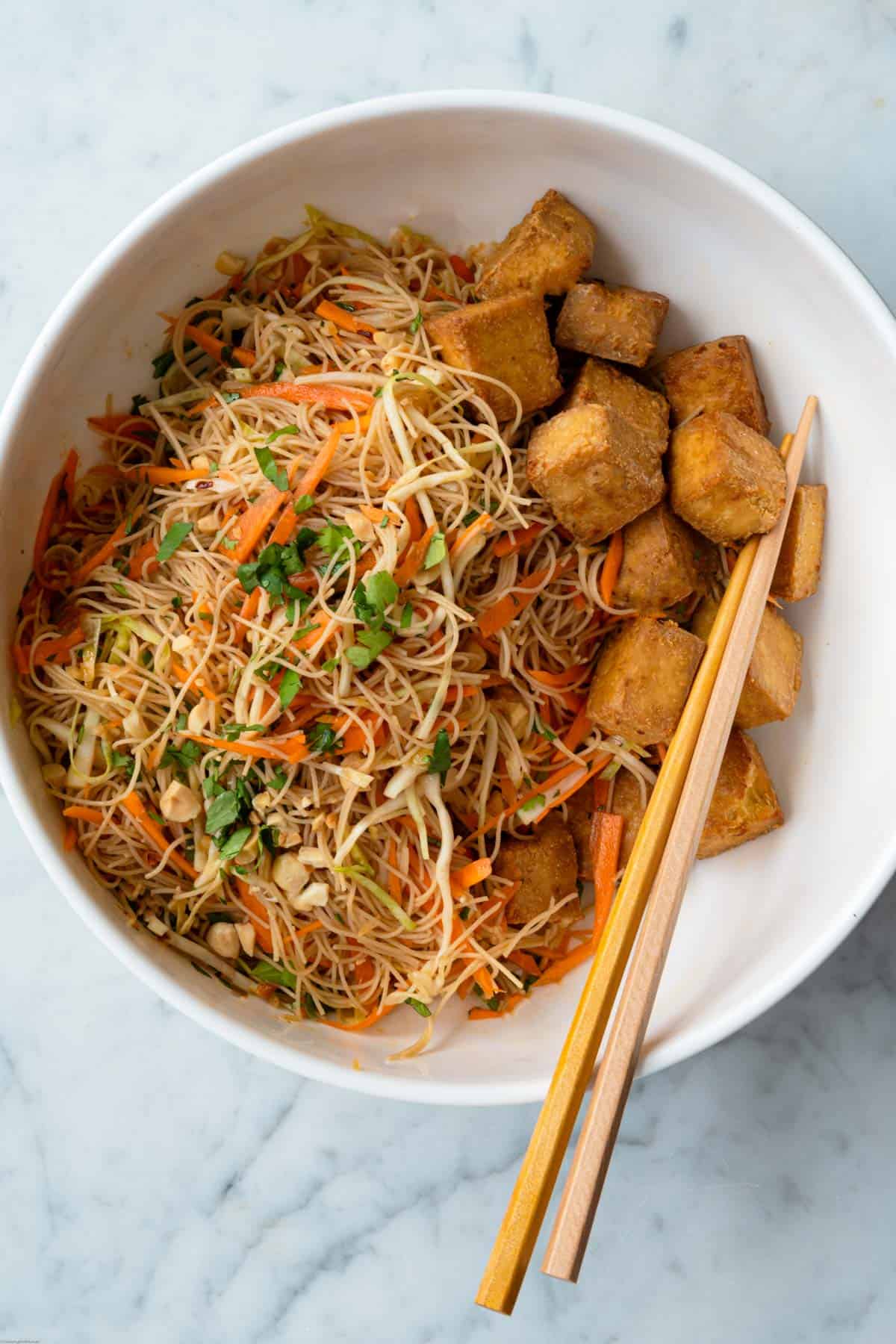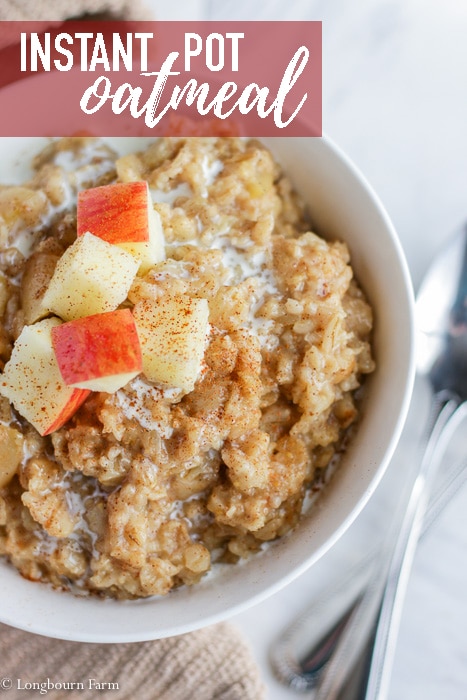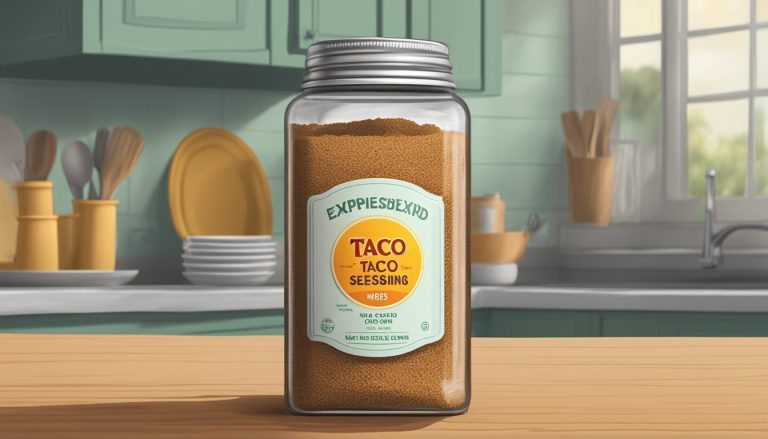Asian Vegan Tofu Noodles: Recipes, Tips, and Pairing Ideas
Tofu offers a low-calorie source of protein, crucial in vegan diets. It’s rich in essential amino acids, providing complete protein. Tofu is also high in calcium, iron, and magnesium, supporting bone and muscle health. Isoflavones present in tofu help reduce inflammation and may lower the risk of certain cancers. These attributes make tofu an excellent ingredient in vegan dishes, enhancing their nutritional value.
Veganism in Asian Cuisine
Asian cuisine integrates plant-based ingredients seamlessly, making it a natural fit for veganism. Key components like tofu, tempeh, and various vegetables create flavorful and nutritious meals. Ingredients such as soy sauce, miso, and ginger add depth and umami without animal products. Many Asian dishes are inherently vegan or easily adapted, showcasing the versatility of veganism in this culinary tradition. By embracing these elements, Asian vegan tofu noodles reflect both cultural authenticity and dietary inclusivity.
Ingredients and Substitutes
Key Ingredients for Authentic Flavor
To make Asian vegan tofu noodles, gather essential ingredients to infuse authentic flavor. Tofu forms the protein base, offering a firm texture that absorbs surrounding flavors. Use fresh rice noodles, ensuring a chewy consistency that pairs well with other components.
- Soy Sauce: Provides a salty, umami flavor fundamental to Asian cuisine.
- Miso Paste: Adds depth with its rich, fermented taste, enhancing the overall savory profile.
- Ginger and Garlic: Introduce a zesty and aromatic layer, elevating the dish’s complexity.
- Sesame Oil: Infuses a nutty aroma, complementing the other flavors.
- Vegetables: Include bell peppers, broccoli, and snap peas to add vibrant colors and crunchy textures.
Substitutes for Common Allergens
If you or your guests have allergies, consider these substitutes to maintain flavor without compromising safety.
- Soy Sauce: Use coconut aminos, which offer a similar umami profile with slightly less sodium.
- Miso Paste: Substitute chickpea miso to avoid soy without losing the fermented richness.
- Tofu: Replace with tempeh or chickpeas for a similar protein content and texture.
- Sesame Oil: Use olive oil for a different but pleasant flavor if there’s a sesame allergy.
- Rice Noodles: Opt for zucchini noodles or sweet potato noodles as gluten-free alternatives.
By carefully choosing ingredients and substitutes, you can ensure your Asian vegan tofu noodles cater to everyone’s needs while preserving authentic flavors.
Cooking Techniques for Perfect Tofu Noodles
Preparing Tofu the Right Way
When preparing tofu, ensure you press it to remove excess moisture. Use a tofu press or place the tofu block between paper towels and apply pressure for 15-20 minutes. This step helps tofu absorb marinades better and achieve a firmer texture when cooked.
Cut the tofu into uniform pieces to ensure even cooking. Cubes, slices, or triangles work well for different dishes, but consistency in size makes a difference. Marinate the tofu in a mix of soy sauce, sesame oil, garlic, and ginger for at least 30 minutes to infuse flavor.
Use a non-stick skillet or cast-iron pan to cook tofu. Heat the pan over medium heat and add a small amount of oil. Cook tofu pieces until they are golden brown on all sides, turning occasionally to avoid burning.
Best Practices for Noodle Preparation
Begin by selecting the right type of noodles. Rice noodles, soba noodles, and udon noodles are common choices for Asian vegan tofu noodles. Make sure the noodles are vegan-friendly by checking ingredient lists for hidden animal products.
Cook noodles according to package instructions. Use a large pot of boiling water and avoid overcooking to prevent mushy textures. Keep an eye on the noodles as they cook, usually 4-8 minutes depending on the type, to ensure they remain al dente.
After boiling, drain the noodles and rinse them with cold water to stop further cooking and remove excess starch. This step keeps the noodles firm and non-sticky, ideal for stir-frying or serving in broth.
Toss the cooked noodles with a small amount of sesame oil to prevent them from sticking together. This also adds a subtle nutty flavor that complements the overall dish.
Combining tofu and noodles with stir-fried vegetables and sauce creates a balanced and flavorful meal. Use a hot wok or skillet to mix tofu, noodles, and vegetables quickly, ensuring all ingredients are evenly coated and heated through.
Pairing Suggestions and Serving Ideas
Complementary Asian Dishes
Choose suitable side dishes to elevate your Asian vegan tofu noodles. Consider miso soup, which offers a savory broth and pairs well with the tofu’s texture. Add a fresh cucumber salad to provide a crisp contrast to the noodles. For a more robust option, include steamed dumplings filled with vegetable mixtures like mushrooms, cabbage, and carrots.
Creative Presentation Tips
Maximize visual appeal by arranging each component meticulously. Place noodles in a large bowl, layering tofu pieces on top. Surround the main elements with colorful garnishes like sliced scallions, sesame seeds, and red chili flakes. Serve dipping sauces—such as soy sauce, hoisin sauce, or peanut sauce—in small, separate bowls, enhancing both aesthetics and taste.
Conclusion
Asian vegan tofu noodles offer a delightful fusion of taste and nutrition that’s hard to resist. By mastering a few cooking techniques and choosing the right ingredients, you can create a dish that’s both satisfying and visually appealing. Pairing your noodles with complementary sides like miso soup or cucumber salad elevates the meal experience. Don’t forget to experiment with colorful garnishes and dipping sauces to make your dish a feast for the eyes as well. Dive into the world of Asian vegan tofu noodles and enjoy a flavorful, plant-based culinary adventure.






